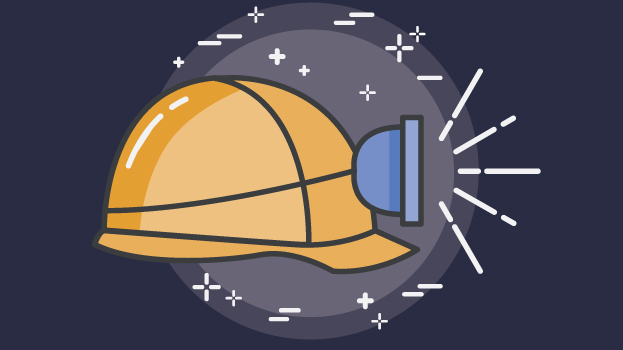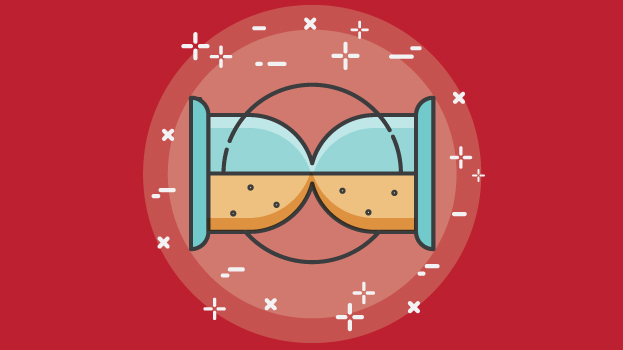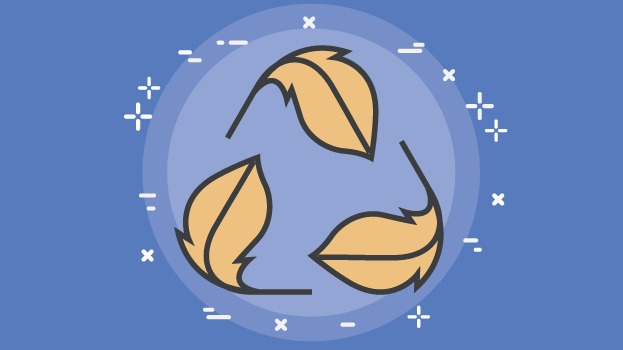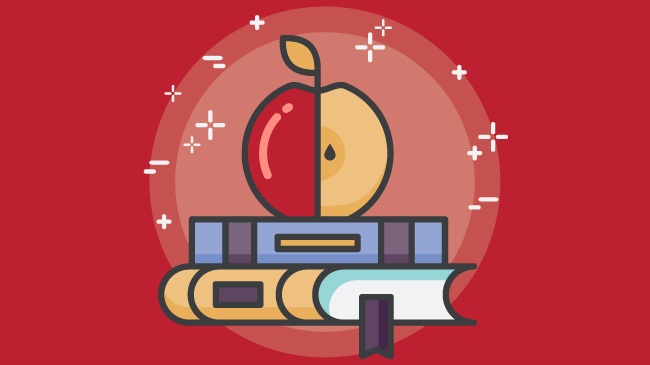With declining commodity prices, slower than expected growth in Asia and mounting pressure from the bigger players worldwide, Queensland’s Chapter of the FACCI brought together a panel of experts to discuss how to increase productivity for Queensland’s mining industry last week.
The purpose of this event was to review best practice and explore ways to lift Queensland’s mining industry performance and competitiveness.
The session started with a case study by Claire Cote, Environmental Specialist at Anglo American Coal. She highlighted Anglo American’s environmental best-practice through various measures such as the use of Environmental Data Management Systems enabling a faster, more reliable and efficient ways of collecting and processing environmental data.
An emphasis was also put on a “life-cycle approach” of mine planning (from inception to mine closure) which consists of putting together a detailed assessment of costs incurred by a mine from the design stage until the closure and rehabilitation of the site (this approach has been distinguished by Queensland’s government as a valuable planning model). This method enables decision-makers to have a clear vision of operations’ financial viability throughout the course of its life (average lifetime of a mine site 25-35 years).
Associate Professor John Steen from the University of Queensland in collaboration with Rob Perrons (who worked for over 10 years with Shell Petroleum in the USA) chose to focus their presentations on how miners can learn from the Oil & Gas industry’s technical innovations.
Both Oil & Gas and Mining Industries are sectors of the economy who are capital intensive often operating in harsh environments with infrastructure needing to withstand extreme weather events over several decades.|
The argument of “breaking silos” suggests that although both industries are facing similar challenges (technical, production to name a couple) miners are often adopting a different and less effective problem-solving approach (different industry culture, scale of operations, staff turnover). The O&G industry on the other hand is more often associated with technical innovation, highly qualified workforce, thorough monitoring of operations, optimised production and processes leading to higher productivity.
A common misconception in the mining industry that “bigger is better” doesn’t always ring true, as a matter of fact smaller mining companies are generally more cost-efficient than the bigger players whose innovations and economy of scale is too often undermined by a burdensome hierarchy and lack of flexibility. In order for mining companies to stay ahead of the game in such a competitive market, the sector needs to embrace innovation and tools providing cost-effective planning and optimised production.
This discussion provided great insights from the guest speakers on a variety of topics and challenges faced by the mining industry and gave us the desire to learn and contribute further to solutions promoting further efficiency to keep Australian and Queensland’s mines competitive in our global economy.













 April 4, 2015
April 4, 2015 






